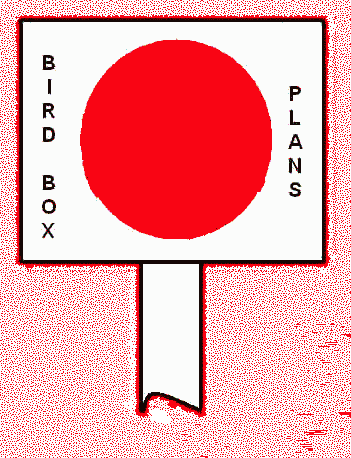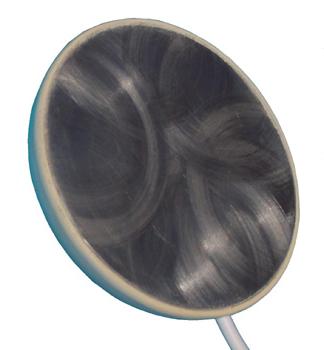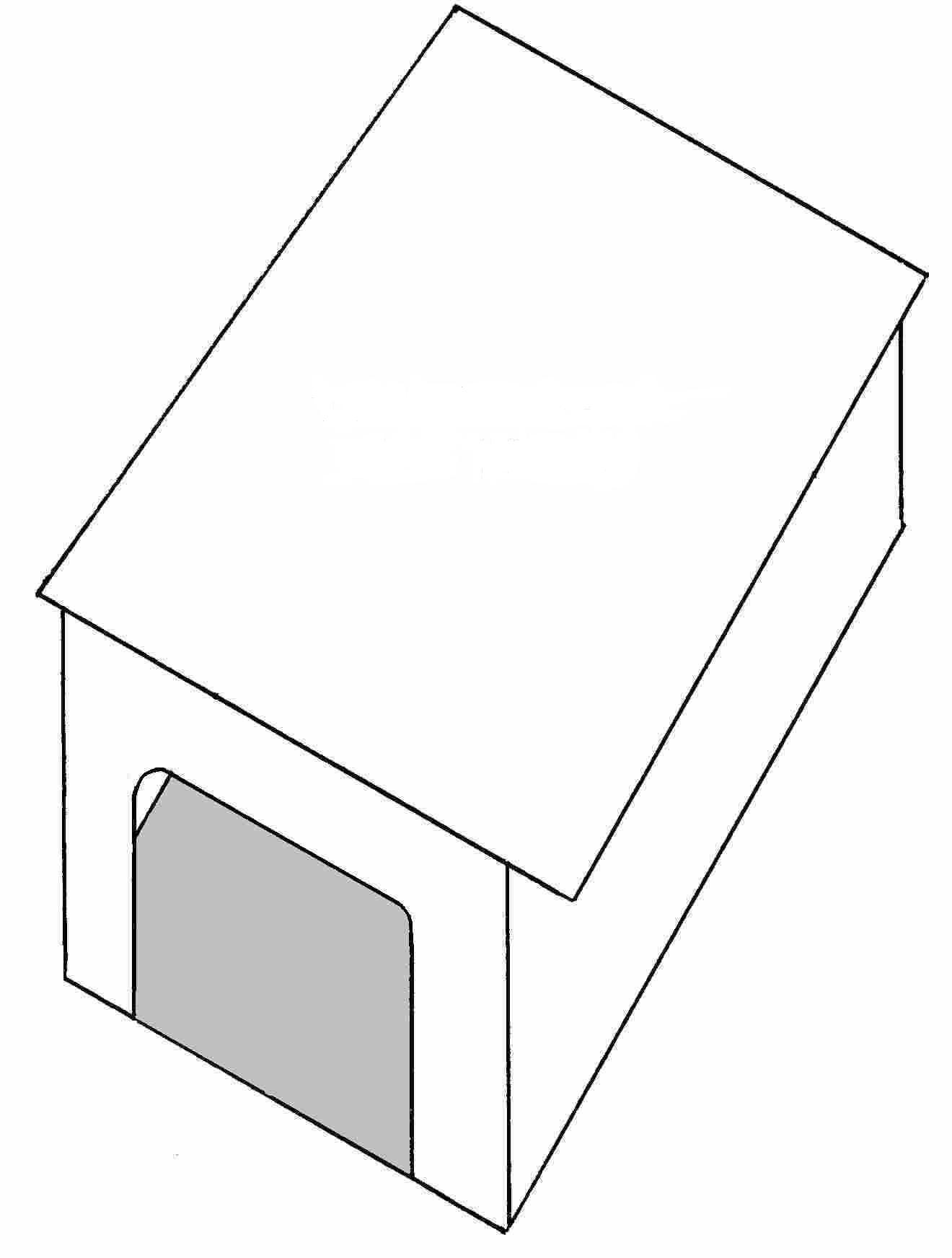
Build a economical incubator for eggs with simple home tools.

Bird boxes to make transportation easy.

An easy to build cats enclosure.

Plans to build a dog house.

Building a kennel to plans.


|
 A dog house heater that is very economical to operate and weather proof.
A dog house or kennel that has insulation will benefit greatly from this compact heater.
A dog house heater that is very economical to operate and weather proof.
A dog house or kennel that has insulation will benefit greatly from this compact heater.
The heater is ideal for small to medium sized dogs and can be positioned under a suitable dog house to warm the interior of the dogshouse through the floor or positioned within the dog house.
The dog house heaters dimensions are approx 90 mm round ( 3.75 inch )
and 20 mm high ( .8 inch ) The dogshouse heater will warm the interior of the dogs home to a comfortable and safe level.
The heater operates from a low voltage transformer or battery* and will warm the dogs home safely for long periods of time and at a very low cost.
$19
Free dog house plans
Insulate a dog house
To insulate a dogs house or dogshouse the dog house must be of sound construction. Insulating a dogs home that has been poorly constructed will be a waste of time, money and effort.
A properly constructed dog house that is suitable for insulation should have no windows fitted to the dogshouse.
Windows that have a double glazing or a clear perspex panel for the window of the kennel are suitable. The double glazing of the dog house window acts as a insulator. Perpex panels are a form of clear plastic and insulator.
The opening for the dog to enter the dog house should be slightly larger than the dogs body width and height. If the doghouse door opening is to large there is a possibility of a large draft of air entering the dogshouse.
Insulating a dog house
This will defeat the purpose of the insulation for the dog house.
If the dogs house design is of a suitable strength then a second roof can be positioned and fitted over the original roof.
The second roof should not be in contact with the existing roof. A space between the two dogs house roofs will allow a cooling breeze to flow between the two roofs in summer, but low enough to prevent water or snow from hitting the main doghouse roof.
This will keep excessive cold from entering the dog house, and also act as an insulator in the summer period.
 Painting the dogs home with an undercoat and then an exterior grade top coat will prevent moisture from penetrating the dogshouse. The painted surface will help in insulating the dogs home. The choice of a paints color can help in the insulation of a dogs house.
Painting the dogs home with an undercoat and then an exterior grade top coat will prevent moisture from penetrating the dogshouse. The painted surface will help in insulating the dogs home. The choice of a paints color can help in the insulation of a dogs house.
If the dog house needs to be insulated against heat then a light colored paint should be used. The reverse is true if the dog house needs insulation to retain heat. Then a dark colored paint should be used.
If the dogs house has been exposed to a lot of weathering, the surfaces of the doghouse should be sanded back.
Fill up any splits or cracks in the dog house surface and allow these to dry, then sand back the filler to a smooth finish. Finally give it a good coat of undercoat and top paint. Do not use a lead base paint for the dog house. Paint will flake and peal over the years and there is a chance that your dog may ingest some of this paint.
Insulated dog houses
Position the dogs house with its back to any prevailing winds will help in giving the dogshouse some insulation. In this position most of the wind will be kept from entering the dog house and chilling your pet.
Place a piece of Hessian or similar material over the kennel entrance. The Hessian will act as a door way and help retain the heat within the doghouse. It will also insulate the doorway and act as a barrier against cold winds.
Training may be required for your pet if a piece of material is used for the dogs home. Your pet may not enjoy a piece of material brushing against its body.
Raising the dogs house floor above the ground will stop moisture from entering the dog house through the floor or doghouse walls. This will also help to prevent rot and mildew from attacking the floor or sides.
Place the dog house in an area that is exposed to any winter sun. The heat generated by the sun will warm the dogshouse and the warmth will be retained for a while, even when the sun has disappeared.
Position the dog house under shade in the summer. This will create a natural a insulation of the doghouse.
Insulating dog houses can be achieved with a variety of insulating materials.
how to insulate a dogshouse
Cork board or a similar soft fiber board can be used for the interior of the dogs home. This board is soft and easy to work with but if your dog has a tendency to chew on objects a second covering liner will also be required.
Fiberglass batts can be fitted to the interior of the dogs home as an insulation.
If fiberglass batts are to be used on the dog house interior walls, a second lining will be required as a cover for the insulation batts.
The fiberglass batts can be an irritant for your pet and by encasing the doghouse with a second liner it will prevent the irritation. The second lining will also increase the insulation benefits for the dogs house.
Foiled tar paper can be fitted to the interior or exterior of the dog house. This can be fixed directly on the doghouse walls and roof by using a construction adhesive. Tar paper can also be used in conjunction with fiber glass or cork batts to insulate the dogs home.
If any modification is to be carried out on an existing doghouse a reference to the free dog house plans may be of some help.
Insulate a kennel
Insulating a kennel that has been poorly constructed will be a waste of time, money and effort.
A properly constructed kennel that is suitable for insulation should have no windows fitted to the kennel. Windows that have a double glazing or a clear perspex panel for the window of the kennel are suitable. The opening for the dog to enter the kennel should be slightly larger than the dogs body width and height. This will help in retaining the warmth inside of the kennel.
How to insulate a kennel
Painting the kennel with an undercoat and then an exterior grade top coat will prevent moisture from penetrating the kennel and increase the life of the pets kennel. The painted surface will also help in insulating the pets home. The correct choice of paint colors can help in the insulation of a kennel.
If the kennel needs to be insulated against heat then a light colored paint should be used to reflect sunlight away.
The reverse is true if the kennel needs insulation to retain heat. Then a dark colored paint should be used. This will obsorb the sunlight and retain heat.
If a dog kennel has been exposed to a lot of weathering the surfaces of the pets house will require sanding.
Fill up any splits, cracks and other imperfections in the kennel's surface and allow these to dry then sand back the filler to a smooth finish.
Finally give the dog kennel a good coat of undercoat and top paint.
If the kennel design has a solid construction then a second roof can be fixed over the original roof.
The second roof should not be in contact with the existing roof. A space will allow a cooling breeze to flow between the two roofs in summer, but low enough to prevent water or snow from hitting the main kennel roof will be ideal.
This will keep excessive cold from entering the kennel and also act as an insulator in summer.
Kennel insulation
Positioning the kennel with its back facing prevailing winds will help in giving the pets home some insulation and retain heat. In this position most of the wind will be kept from entering the kennel and chilling your pet.
Place a piece of Hessian or similar material over the kennel entrance. The Hessian will act as a door way and help retain the heat within the pets home. It will act as a barrier against cold winds.
Raising the kennels floor above the ground will help to stop moisture from entering the kennel through the floor or kennel walls.
This will also help to prevent rot and mildew from attacking the floor or sides of the kennel.
Do not raise the kennel too high for any pets that are small or old and suffering from a disability such as arthritis.
Place the kennel in an area that is exposed to any winter sun and under shade in the summer for a natural a insulation of the kennel.
Insulating dog kennels can be achieved with a variety of insulating materials.
Fiberglass batts can be fitted to the interior of the kennel to serve as an insulation. If fiberglass batts are to be used on the kennels interior walls, a second panel lining will be required as a cover for the insulation batts.
The fiberglass batts can be an irritant for your pet and by encasing the kennel with a second liner it will prevent the irritation.
The second lining will also increase the insulation benefits for the kennel. The lining will increase the weight of the kennel and if the dogs home is to be relocated during the different seasons it may require wheels to help in relocating the kennel. The wheels can also be used to raise the dogs home from the ground.
Insulating a kennel
Cork board or a similar soft fiber board can be used for the interior of the kennel. The cork board is soft and easy to work with, but if your dog has a tendency to chew on objects a second covering liner will also be required.
Foiled tar paper can be fitted to the interior or exterior of the dog kennel. This can be fixed directly on the kennel walls and roof by using a construction adhesive.
Tar paper can also be used in conjunction with fiber glass or cork batts to insulate the dogs home. If using a foiled tar paper on the outside of the dogs kennel place the side without the aluminum foil against the kennel panels.
This will have the aluminum foil facing outwards to reflect the heat away from the kennel in the summer months.
If any modification is required to be carried out on an existing kennel a reference to the how to build a kennel plans may be of some help.
Foam boards can be used as batts to insulate the kennel between the wall cavity. The kennel will require a second wall liner for the foam boards to protect the foam from damage.
An alternative to using solid foam panels as an insulation for the dogs kennel is to fit the secondary liner to it and then use a foam filler that expands when injected into cavities.
This expanding foam will act as an insulation for the dogs kennel and act as an adhesive for the panels creating a stronger insulated dogs home.
DISCLAIMER
HOME.... Incubator plan.... Bird moving cage.... Cat enclosure plan.... Building a dog house.... Build a kennel....
 Heatmats for pets
Heating
Small heaters
Small heaters
Rat hutch plans
Heatmats for pets
Heating
Small heaters
Small heaters
Rat hutch plans
Reptile lights
Inquiries to : Warmpets P.O. Box 324
Chelsea. Victoria. Australia. 3196
Email : [email protected]
Phone : 0397742839
*Transformer or battery not included
2001-2009 free dog house insulation plan kennel insulation plans insulating a dogs house.
|
|
Dog house plans are presented in a easy to understand format.
Insulating a dog home plans are free for personal use.
Insulate a dog house plans are plans for pets.
Dog house insulation's are economical to build.
Kennel insulation have easy to follow plan designs.
Insulating a kennel have adjustable measurements.
Dogshouse plan have a list of required fixtures.
Kennel plan describe the finishing steps of each pet structure.
|


 A dog house heater that is very economical to operate and weather proof.
A dog house or kennel that has insulation will benefit greatly from this compact heater.
A dog house heater that is very economical to operate and weather proof.
A dog house or kennel that has insulation will benefit greatly from this compact heater. Painting the dogs home with an undercoat and then an exterior grade top coat will prevent moisture from penetrating the dogshouse. The painted surface will help in insulating the dogs home. The choice of a paints color can help in the insulation of a dogs house.
Painting the dogs home with an undercoat and then an exterior grade top coat will prevent moisture from penetrating the dogshouse. The painted surface will help in insulating the dogs home. The choice of a paints color can help in the insulation of a dogs house.